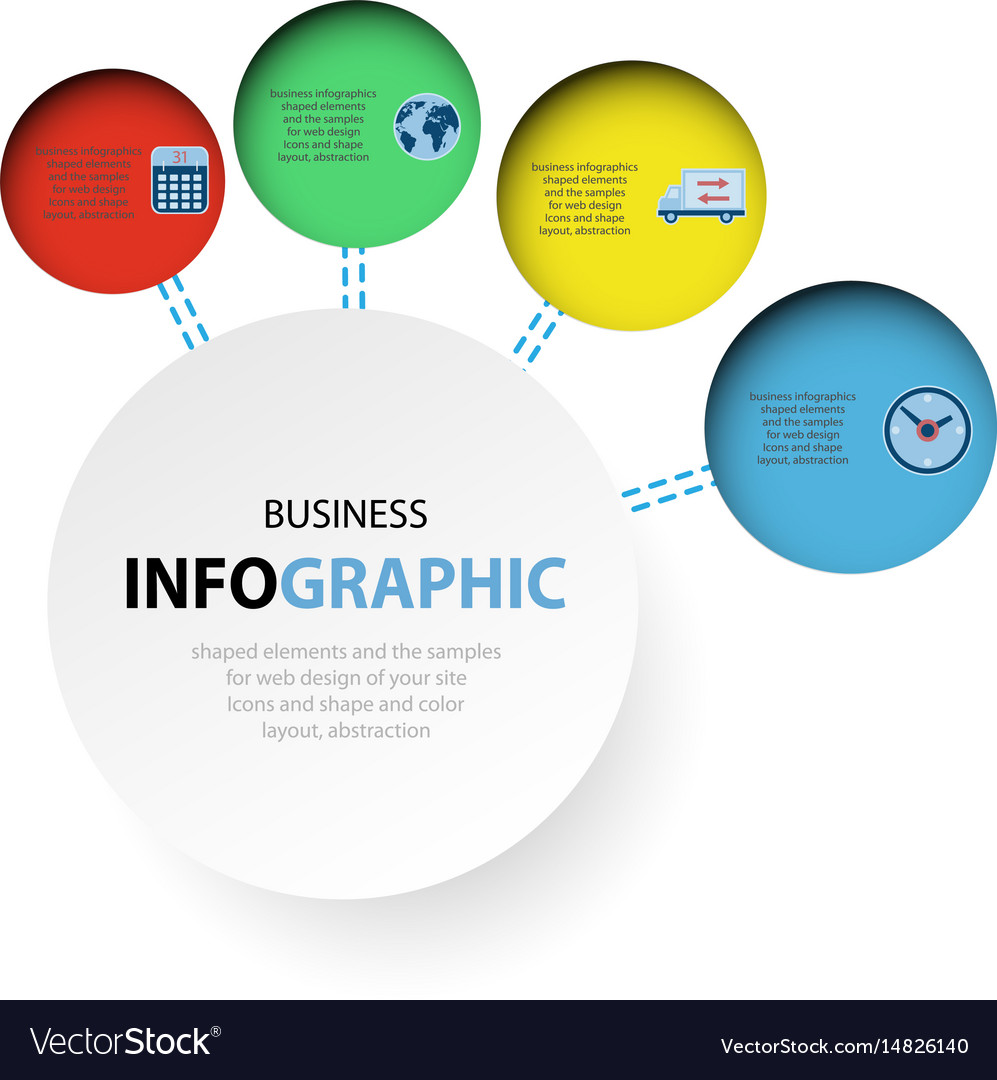Fascinated In Finding Out How Site Style Has Advanced For Many Years? Check Out The Trip From Fundamental, Simple Layouts To User-Centric User Interfaces That Prioritize The Visitor'S Experience
Fascinated In Finding Out How Site Style Has Advanced For Many Years? Check Out The Trip From Fundamental, Simple Layouts To User-Centric User Interfaces That Prioritize The Visitor'S Experience
Blog Article
Authored By-Monroe Dodson
In the past, websites were simple and concentrated on info. Navigation was straight, and design was for desktop computers. Now, organic seo agency is key. Information guides designs for easy navigating. Responsive formats fit different devices. Today, dark setting lowers strain, and minimalist food selections boost navigation. Interactive attributes engage users, and bold visuals stick out. AI combination improves involvement. See exactly how layout has progressed to enhance your on the internet journey.
Very Early Days of Website Design
In the very early days of website design, simplicity reigned supreme. Websites were standard, with limited shades, fonts, and formats. award winning web design was on giving information instead of fancy visuals. Customers accessed the internet with sluggish dial-up links, so rate and performance were crucial.
Navigating food selections were straightforward, generally located at the top or side of the page. Web sites were developed for desktop computers, as mobile surfing had not been yet common. Content was king, and designers focused on very easy readability over complex style components.
HTML was the primary coding language made use of, and designers had to work within its restrictions. Computer animations and interactive functions were very little compared to today's criteria. Internet sites were static, with little dynamic web content or tailored customer experiences.
Surge of User-Focused Design
With the development of site style, a shift towards user-focused design principles has actually come to be significantly noticeable. Today, producing sites that prioritize individual experience is important for engaging visitors and accomplishing service objectives. User-focused layout involves recognizing the requirements, preferences, and habits of your target audience to customize the internet site's format, content, and includes accordingly.
Designers now conduct comprehensive research, such as customer studies and use testing, to collect insights and comments directly from users. This data-driven method helps in creating instinctive navigating, clear calls-to-action, and aesthetically enticing interfaces that resonate with visitors. By positioning the individual at the facility of the layout process, sites can deliver an extra individualized and pleasurable experience.
Receptive style has also become an essential element of user-focused layout, ensuring that web sites are maximized for different tools and display sizes. This flexibility enhances ease of access and use, dealing with the diverse ways customers communicate with web sites today. In essence, the rise of user-focused layout indicates a shift in the direction of developing digital experiences that focus on the needs and expectations of the end customer.
Modern Trends in Web Design
Discover the most up to date trends shaping web design today. One prominent trend is dark setting design, offering a smooth and modern appearance while reducing eye strain in low-light atmospheres. Another essential pattern is minimal navigating, streamlining menus and improving user experience by focusing on essential elements. Including micro-interactions, such as computer animated buttons or scrolling results, can develop a more interesting and interactive site. Responsive layout continues to be important, guaranteeing seamless individual experiences throughout various gadgets. In addition, making use of bold typography and unbalanced layouts can add visual passion and accentuate specific web content.
Incorporating AI innovation, like chatbots for consumer support or individualized referrals, enhances individual engagement and improves procedures. Availability has also end up being a significant trend, with designers prioritizing comprehensive style practices to cater to diverse individual needs. Accepting sustainability by maximizing website efficiency for rate and efficiency is another emerging fad in website design. Teaming up with user feedback and information analytics to repeat and boost style continually is crucial for staying relevant in the ever-evolving electronic landscape. By welcoming these contemporary patterns, you can develop a visually attractive, easy to use site that reverberates with your target market.
Verdict
As you reflect on the development of web site style from the early days to currently, you can see exactly how user-focused style has ended up being the driving force behind contemporary trends.
Welcome the journey of adjustment and adjustment in website design, always maintaining the customer experience at the leading edge.
Stay current with the most up to date fads and modern technologies, and never stop advancing your approach to create aesthetically spectacular and user-friendly websites.
Advance, adjust, and develop - the future of website design is in your hands.
